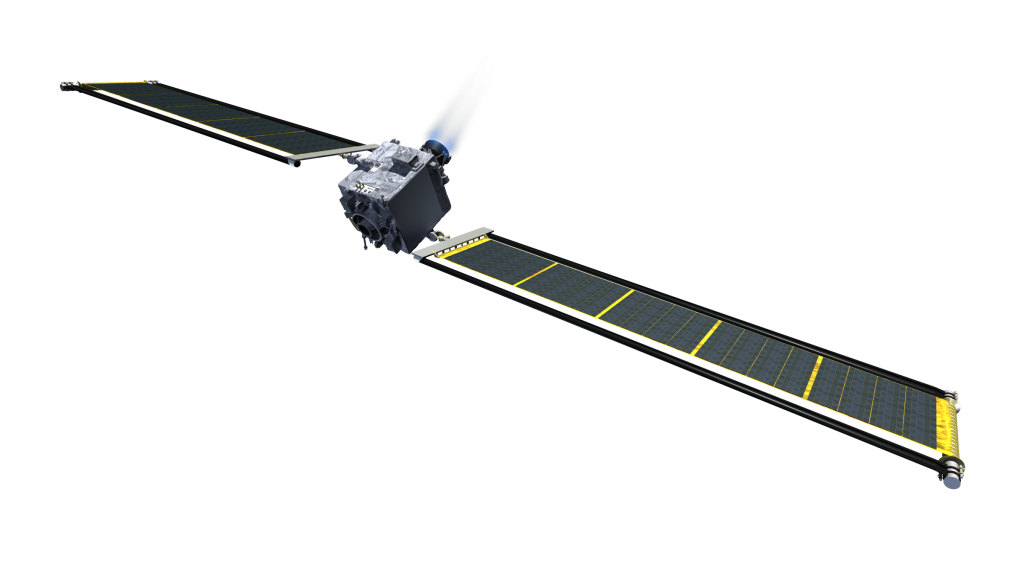

One option involves sending an uncrewed spacecraft to detonate an explosive near the looming asteroid. There’s more than one way to deflect an asteroid, Nugent said. They are a predictable natural disaster, and therefore a very preventable natural disaster.” “But asteroids are governed by the laws of physics they’re relatively simple. They’re a metaphor for the things that humans cannot control,” Carrie Nugent, a planetary scientist at Olin College who studies asteroids, told me. “In movies and television and literature, asteroids are always the stand-in for acts of God. But with enough warning, we could, in theory, avoid an asteroid impact. This is slightly concerning, because even an asteroid as small as Dimorphos could destroy a major city. The smaller ones, like Dimorphos and Didymos, are trickier to spot, and scientists have discovered less than half of the total that they estimate exist. The asteroids that are big enough to do global-scale damage are easier to detect and rule out as potential hazards, and astronomers have found most of them, based on analyses of the objects already observed in our solar system. It doesn’t sound like much, but, in a more perilous scenario, a small shift could turn a certain hit into a near miss.Īsteroids are everywhere, circling the sun along with us.

Stickle’s team has predicted that the collision will shrink Dimorphos’s 12-hour orbit around Didymos by about 10 minutes. Now that the impact is over with, astronomers will spend the coming days and weeks checking data from telescopes to see how the little asteroid’s path changes. The spacecraft spent months cruising toward Dimorphos, which is both an asteroid and a moon it orbits another, larger asteroid, known as Didymos. The DART mission launched last year, just before Thanksgiving. Other natural disasters may end human civilization, but now, at least, we’re one step closer to preventing the kind of calamity that ended the dinosaurs. When the probe struck, the impact slowed down the space rock, shortening its orbit-we’ll find out by how much in the coming days. And so far, it seems to be working the DART spacecraft, about the size of a vending machine, smacked right into the center of Dimorphos tonight. In a grander sense, this is the first time human beings have attempted to alter the orbit of another celestial body in our solar system at all. The mission-known as Double Asteroid Redirection Test, or DART, for short-is the world’s first planetary-defense test. But someday, a mission like this “could save millions of lives,” Angela Stickle, a planetary scientist at the John Hopkins University Applied Physics Laboratory and leader of the team that planned this impact, told me. None of the known asteroids near Earth do-or at least they won’t in the next century. The asteroid at the heart of the mission-a small one, about 525 feet (160 meters) across-doesn’t pose a hazard to Earth. This is a test run, but a future version of this mission could save Earth from a catastrophic impact by deflecting an asteroid on a collision course.

The agency dispatched the spacecraft with the explicit hope of crashing it and changing the asteroid’s trajectory. NASA did not send this probe to observe this asteroid or even scoop some samples from its surface to bring back to Earth, as other missions have done. The spacecraft crashed into the asteroid, its fancy cameras and all the rest of its delicate machinery smashed to bits. Three seconds out, the asteroid filled the whole view-bright and beautiful, the landscape so rich with texture that you could almost feel the craggy rock against your fingertips.Īnd then, nothing. A few minutes out, it began to look distinctly asteroid-like, lumpy and gray. The space probe came barreling in at thousands of miles per hour, its mechanical eyes locked on its target-an asteroid named Dimorphos.Ībout an hour out, the asteroid looked to the probe’s cameras like nothing more than a faint speck in the darkness of space, slightly larger than a single pixel on your screen.


 0 kommentar(er)
0 kommentar(er)
